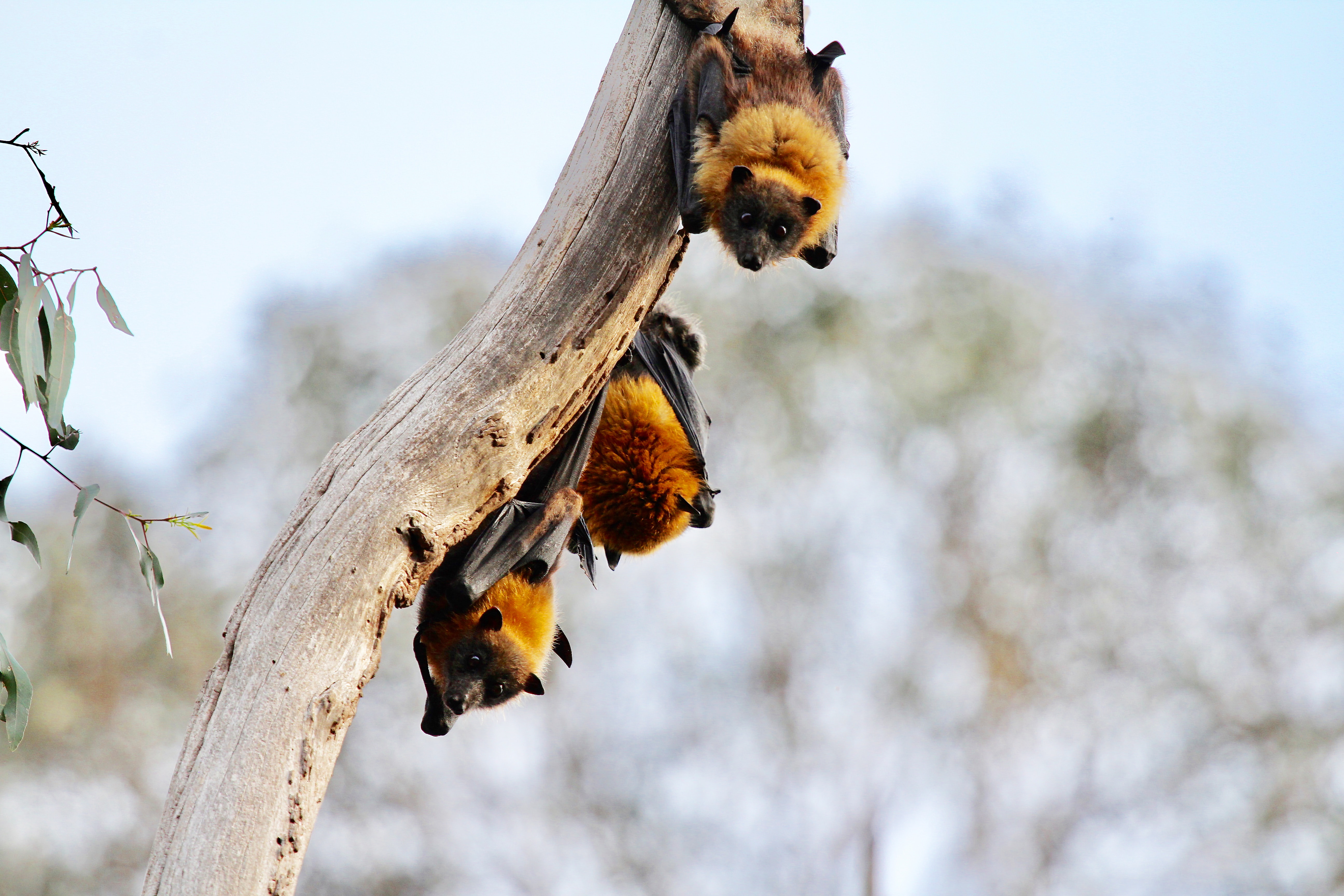Bats are among the most widely distributed mammals worldwide, often living in dense and diverse populations near suburban housing and camping sites. Their health relationship with people is complex and interdependent, illustrating the One Health concept. Bats help control harmful insects like mosquitoes. However, research suggests that they are a reservoir for novel pathogenic Bartonella species, including Bartonella mayotimonensis.
How was Bartonella mayotimonensis discovered?
Bartonella mayotimonensis was first isolated in 2010 from a patient experiencing progressive shortness of breath, weight loss, and behavioral changes. After examination and initial testing, physicians found a heart murmur, vegetative growth on the aortic valve, and high B. henselae and B. quintana IgG titers. Even though these findings were consistent with Bartonella endocarditis, initial culturing and PCR testing of the surgically removed valve tissue itself all came back negative. Extensive tissue testing (various staining and PCR techniques) performed by the Mayo Clinic and Unité de Rickettsies eventually revealed that the symptoms could be attributed to a species of Bartonella that had not yet been identified. The name “mayotimonensis” comes from the contributing institutions.
Prior to this case, six species of Bartonella had been reported to cause infective endocarditis, including B. henselae, B. quintana, and B. koehlerae. Bartonella species reside in specific mammalian hosts and are transmitted by a variety of vectors, so the question now was… Where did this one come from?
Evidence of Bats as a Reservoir Host
In 2014, researchers unexpectedly found DNA evidence of Bartonella species in the blood of bats from Finland. The authors note that deadly viruses are often found in bats, including Ebola, but bats’ transmission of human bacterial pathogens had not been explored to the same depth. Using PCR and DNA sequencing, they found that the peripheral blood samples were consistent with the previously reported sequence for B. mayotimonensis. Furthermore, they were able to detect Bartonella species in flies and fleas that parasitize bats, suggesting these insects could act as vectors.
Since then, studies from around the world have suggested that Bartonella mayotimonensis and other Bartonella species are prevalent in bats and their associated ectoparasites (biting flies, mites, etc.). In 2015, North American researchers found Bartonella species DNA in 9 blood samples from bats. Out of these 9 samples, 4 of the DNA sequences were consistent with Bartonella mayotimonensis. In 2017 and 2018, researchers were able to extract DNA from the heart valves of bats found in Europe. The researchers compared the positive DNA sequences from the bat heart valves and found that they matched the Bartonella mayotimonensis sequence that was characterized in 2010.
Conclusion
As identification of novel Bartonella species has picked up steam, these species have generally been found in animals before they are identified in people. People do not always have advanced DNA analysis of their Bartonella infection after it is identified, and thus cases of novel species infection may not always be noted. As the costs of these techniques become more affordable and additional assays are developed, they may be more likely to be identified.
At Galaxy Diagnostics, every positive PCR result for Bartonella species subsequently undergoes DNA analysis to confirm the species.
References
Lin, E. Y. et al. (2010). Candidatus Bartonella mayotimonensis and endocarditis. Emerging Infectious Diseases, 16(3), 500-503. doi:10.3201/eid1603.081673 https://www.ncbi.nlm.nih.gov/pmc/articles/PMC3321999/
Lilley, T. M. et al. (2017). Molecular detection of Candidatus Bartonella mayotimonensis in North American bats. Vector-Borne and Zoonotic Diseases, 17(4), 243-246. doi:10.1089/vbz.2016.2080 https://www.ncbi.nlm.nih.gov/pubmed/28165925/
Veikkolainen, V. et al. (2014). Bats as reservoir hosts of human bacterial pathogen, Bartonella mayotimonensis. Emerging Infectious Diseases, 20(6), 960-967. doi:10.3201/eid2006.130956 https://www.ncbi.nlm.nih.gov/pubmed/24856523
Sándor, A. D. et al. (2018). Eco-epidemiology of novel Bartonella genotypes from parasitic flies of insectivorous bats. Microbial Biology, 76(4), 1076-1088. doi:10.1007/s00248-018-1195-z https://www.ncbi.nlm.nih.gov/pubmed/29705820/
Stuckey, M. J. et al. (2017). Potentially zoonotic Bartonella in bats from France and Spain. Emerging Infectious Diseases, 23(3), 539-541. doi:10.3201/eid2303.160934 https://www.ncbi.nlm.nih.gov/pubmed/28221109
Corduneanu, A. et al. (2018). Bartonella DNA in heart tissues of bats in central and eastern Europe and a review of phylogenetic relations of bat-associated bartonellae. Parasites & Vectors, 11, 489. doi:10.1186/s13071-018-3070-7 https://www.ncbi.nlm.nih.gov/pmc/articles/PMC6116555/



